Review: 2022 Honda CBR300R ABS
Picture this: You’re hanging around the Rock Store at the top of Mulholland Highway with your rental Camry the day before you fly home. The leather-clad crowd around praises the virtues of the GSXR600 chassis and the electronics package on the R1 for what seems like hours before a voice from the ether comes down and declares that, in fact, all of that sucks. Instead the holy follow the real truth of Slow Bike Fast.
This truly enlightened rider who belongs to that voice is astride a miniscule machine that looks like a sportbike that stayed in the dryer just a bit too long and has an exhaust note like a mix of an old enduro machine and the Singer your mom used to repair your jeans way back when. Is this person insane or a prophet? There’s only one way to say for sure. I took the Honda CBR300R out for a week of playing in the canyons alongside some high-horsepower (and highly capable) machines to see if it truly held up.
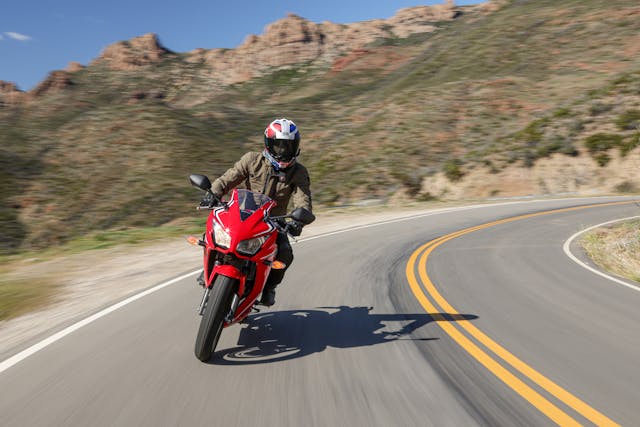
Now, to start we must talk about the fact that “slow bike” does not automatically equate to “small displacement bike.” There is often correlation there though, as a single-cylinder like the CBR’s 286cc fuel-injected and counterbalanced engine does in fact only churn out 30.4 horsepower. Yet this is still a far cry from the 125s that were once the entry point to motorcycling. Times have changed.
This 250cc-400cc market segment is now a packed class, with the KTM RC390, Yamaha R3, Kawasaki Ninja 400, and Suzuki GSX250R all competing for both attention from new riders and track rats alike. That is two very different subsets of buyers but it all boils down to similar wants and desires: Reliability, approachability, and fun factor.
Honda comes right out and calls the 300 a commuter machine in some of its press materials. It is an evolution of the CBR250R which lived from 2011 to 2015, after which the engine was upsized to the current 286cc. The non-ABS equipped model comes in at $4,899 plus $600 in destination and freight charges. Add in the well-tuned ABS, as seen on our test bike, and the price rises to just $5,099. Either trim can be had in grand prix red or matte gray metallic.
While the one week we spent with the CBR300R is not a solid footing for declaring reliability, there is something to be said for an engine that started as easily and ran as smooth as the one in this bike did. The single-cylinder thumper sounded tight, with no errant noises or clunks that sometimes comes from the relative hit-and-miss feel that singles have if you are used to multi-cylinder engines. Power was a smooth pull from idle to the 10,500rpm redline thanks to fuel injection through the 38mm throttle body. The engine hummed right along at 9,000rpm and I caught myself hitting the rev limiter a couple while dicing through the Malibu canyons because there was no change in sound or feel as the engine approached rev ceiling. Overall the engine was largely unremarkable, and that’s not a bad thing. Honda has been building single-cylinders for decades and the smoothness of the 300 highlights that even when the pricepoint is top of mind it can still turn out a sweet little engine.
The engine is not the main reason I would recommend this bike though. It’s the chassis that gives the baby CBR the most fun character. A scant 30” seat height is the first thing that stood out when I threw my leg over the bike for the first time. My 32” inseam means that I am rarely bothered by seat heights, but the CBR’s lower seat combined with the narrowness of the chassis to feel playful to me. Riding through twists and turns was an absolute delight. Just lift your backside, weight the pegs, counter steer and dive it in. With light hands on the bars, pick up the throttle early and get ready for the next one. Do it right and the CBR was just a fluid rolling downhill.
Straight line speed was not astonishing, but the Honda still moved quickly enough to be safe and fun. An experienced rider can easily make liberal use of the stop that denotes wide open throttle without breaking any traffic laws. This CBR300R was one of six motorcycles we had access to for a week and there was never a time that the group of three left the parking lot without someone grabbing keys to the CBR. It was the smallest motorcycle of the group (sorry Honda Navi, you’re a scooter) but yet it was the most popular to take out for coffee, lunch, or just for a trip up and down Latigo Canyon Road.
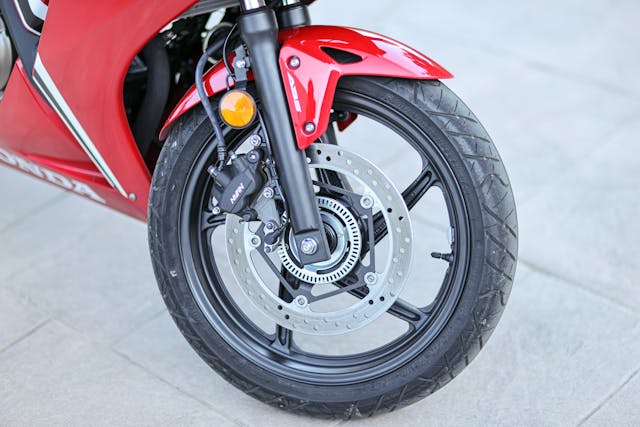
Unfortunately, those canyon roads were a place the CBR’s suspension really showed its pricepoint and intended use case. The fork is sprung on the soft side and the rear begs for more rebound damping. Smooth inputs let a rider get away with a lot, but if you get stabby on the front brake the bike seemed to blow through the first 2” of the 4.65” of travel the conventional forks have — and they weren’t quick to settle back into place. It rewarded an experienced rider but could be frustrating for a newbie. Anyone taking one to the track will likely have the suspension reset for their weight and pace. Street riders rarely go through the effort to completely re-tune their suspension, but if you are planning to log big miles on a CBR300R that would be a worthwhile investment.
The cockpit starts with a pair of clip-ons that are clamped to the fork tubes above the top triple tree. They have a good forward position without being super-aggressive and putting all the riders weight on their wrists. The dash consists of a simple analog sweep tachometer and LCD display for speed, distance, and other necessary measurements. Simple and functional. A cable-pull clutch and hydraulic front brake round out the rider touchpoints.
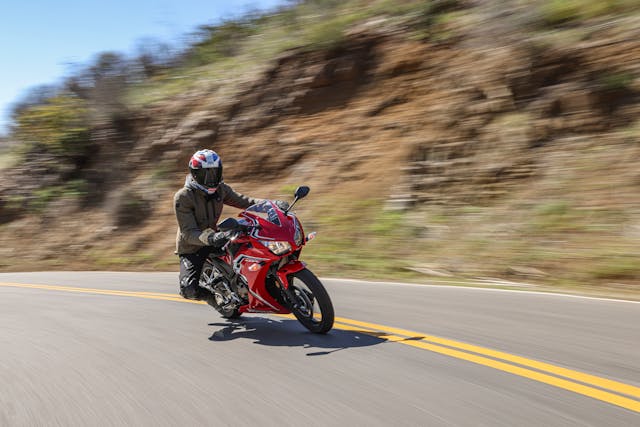
Honda claims the CBR300R carries its weight low in the chassis compared to the other bikes in this category. We haven’t had the chance to ride the competition to say for sure, but the nimbleness of the CBR is tough to overstate. The ready-to-ride weight comes in at just 354 pounds and it very much feels like it. The single front brake measures just 296mm diameter, with 220mm rear disc and the combination has no problem slowing the CBR. The ABS threshold is fairly high, as we had to work to get it to intervene but it cycled quickly and consistently once engaged.
(Editor’s note: I think the 320cc Yamaha R3, which I’ve ridden quite a bit, feels even lighter on its feet — Jack Baruth)
The CBR is a delight to ride just about everywhere. The only place it fell short was highway riding. Honda claims a top speed just shy of 100mph, but 70mph felt busy on the little machine and the tach needle fluttered in the top third of its range. Will it do it? Yes. If that is your main use though, the larger CBR500R is likely a better fit. Once off the superslab we had no trouble racking up miles on the comfortable seat. The bike just was not tiring to ride like most small-displacement bikes tend to be.
The low seat height and light weight combine with smooth controls to make a very beginner-friendly package. It’s also one that veteran riders will find playful to ride–this is the core of “Slow Bike Fast.” In other words, the CBR300R is one of the best ways to try out that religion that is preached by the rider passing you on the outside of the fast sweeping corner. The little CBR is not the perfect motorcycle, but it is a great second (or third) bike; delightful to ride, and once you have one you will likely find yourself reaching for its keys more than you would think. Watch out: with enough time on the CBR300R, you might find yourself giving a lecture or two of your own.
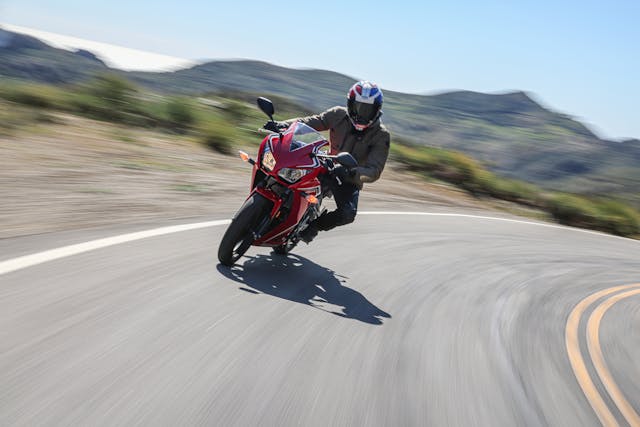
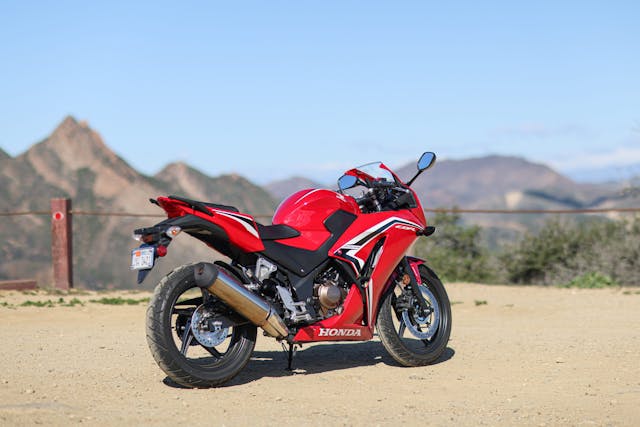
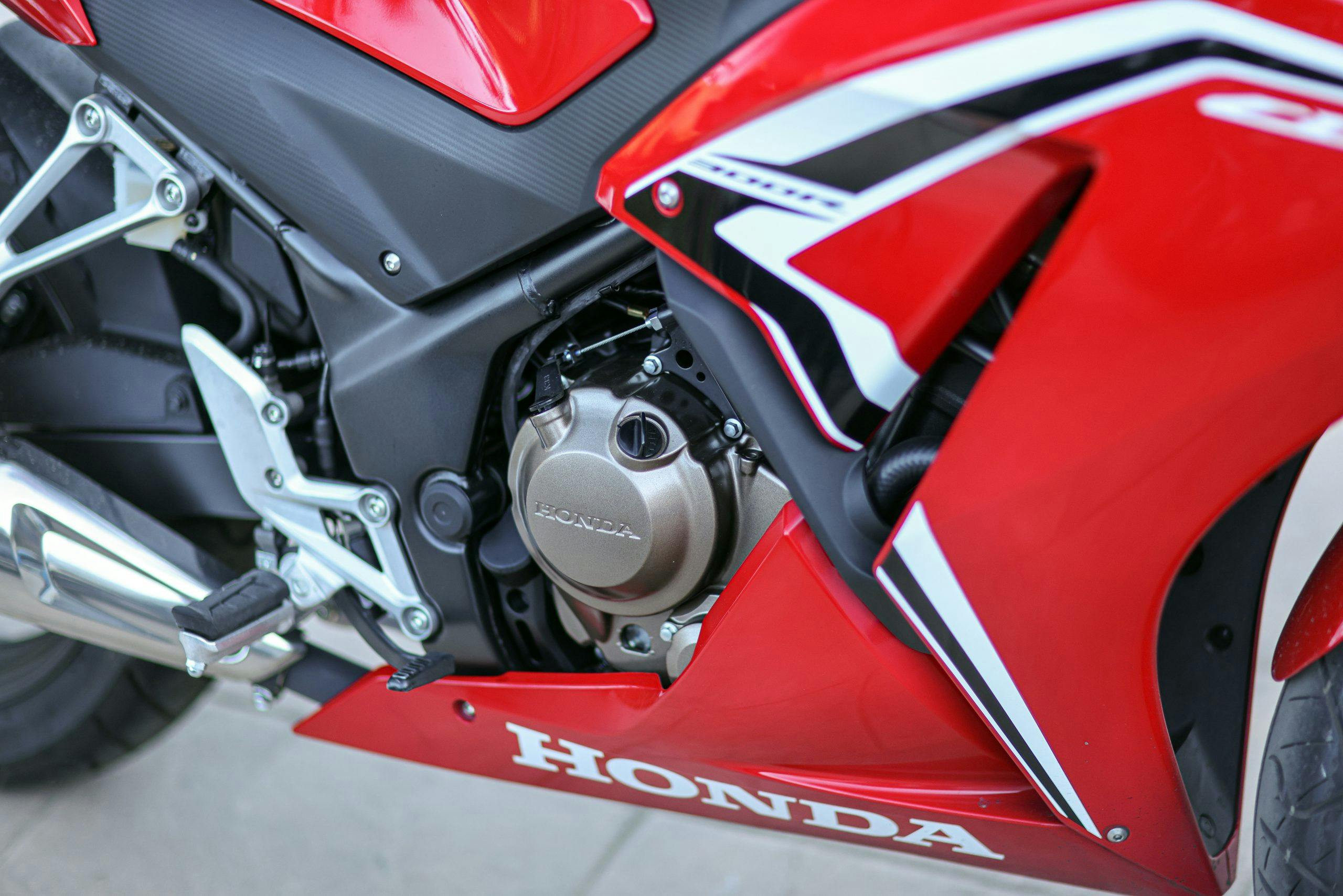
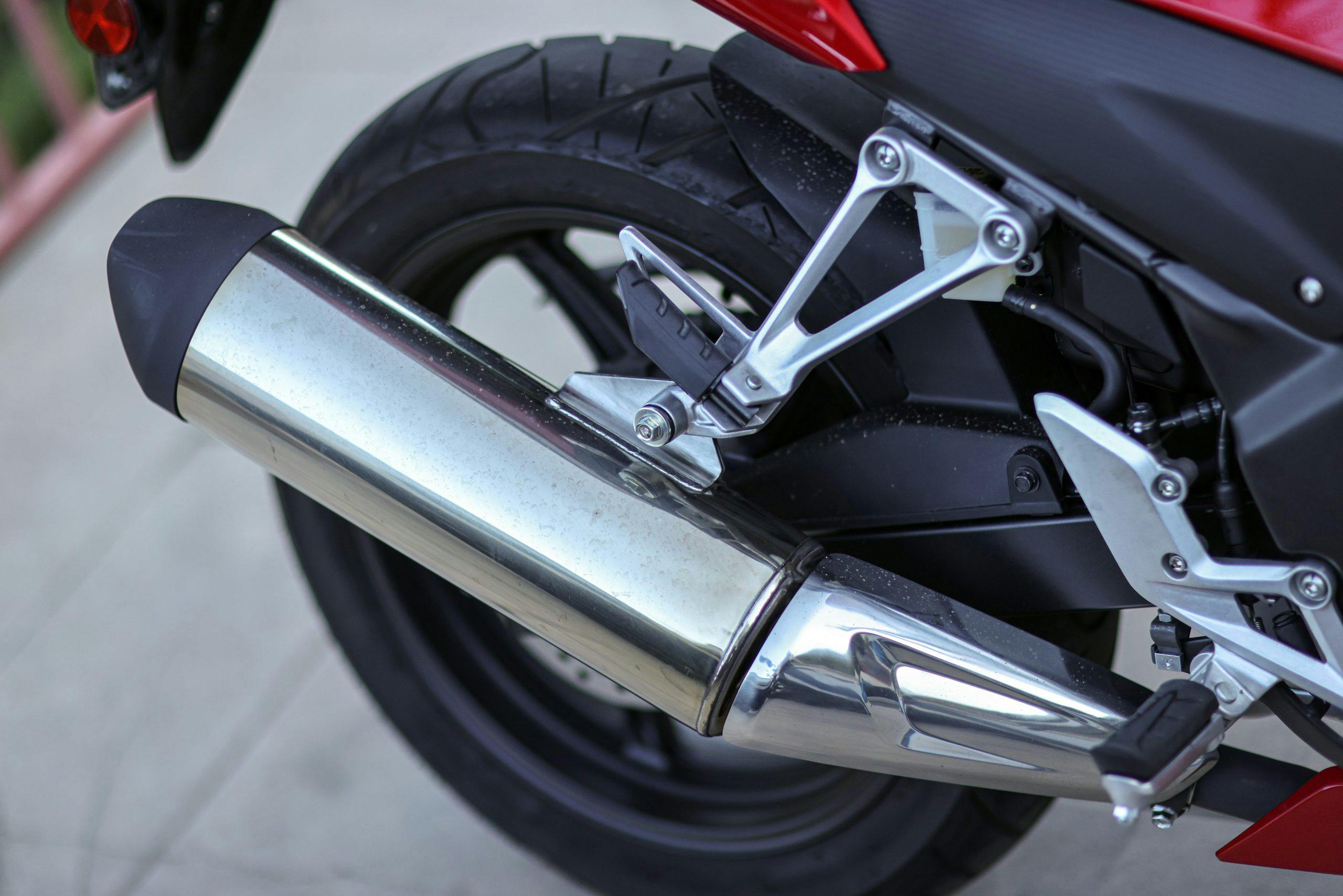
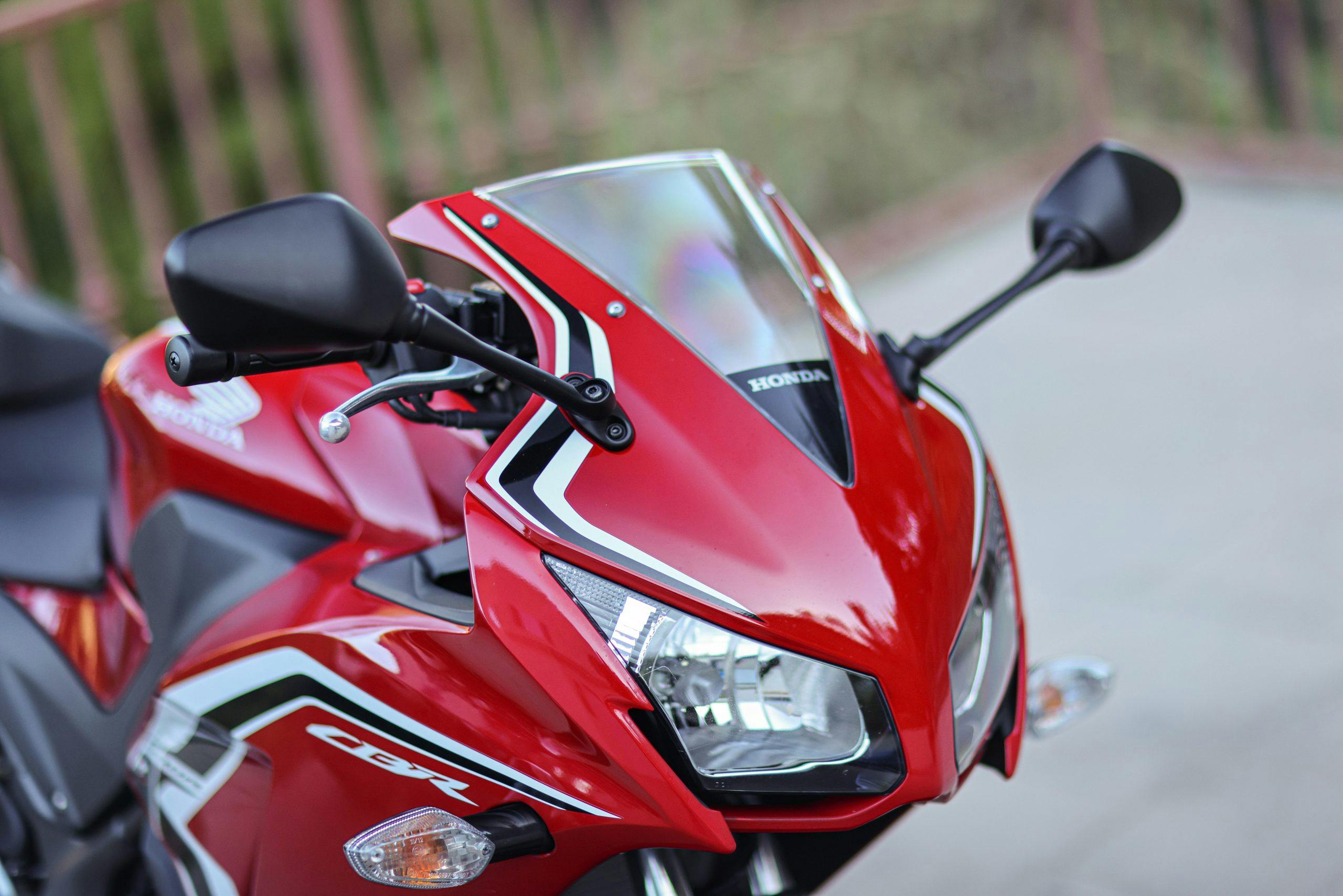
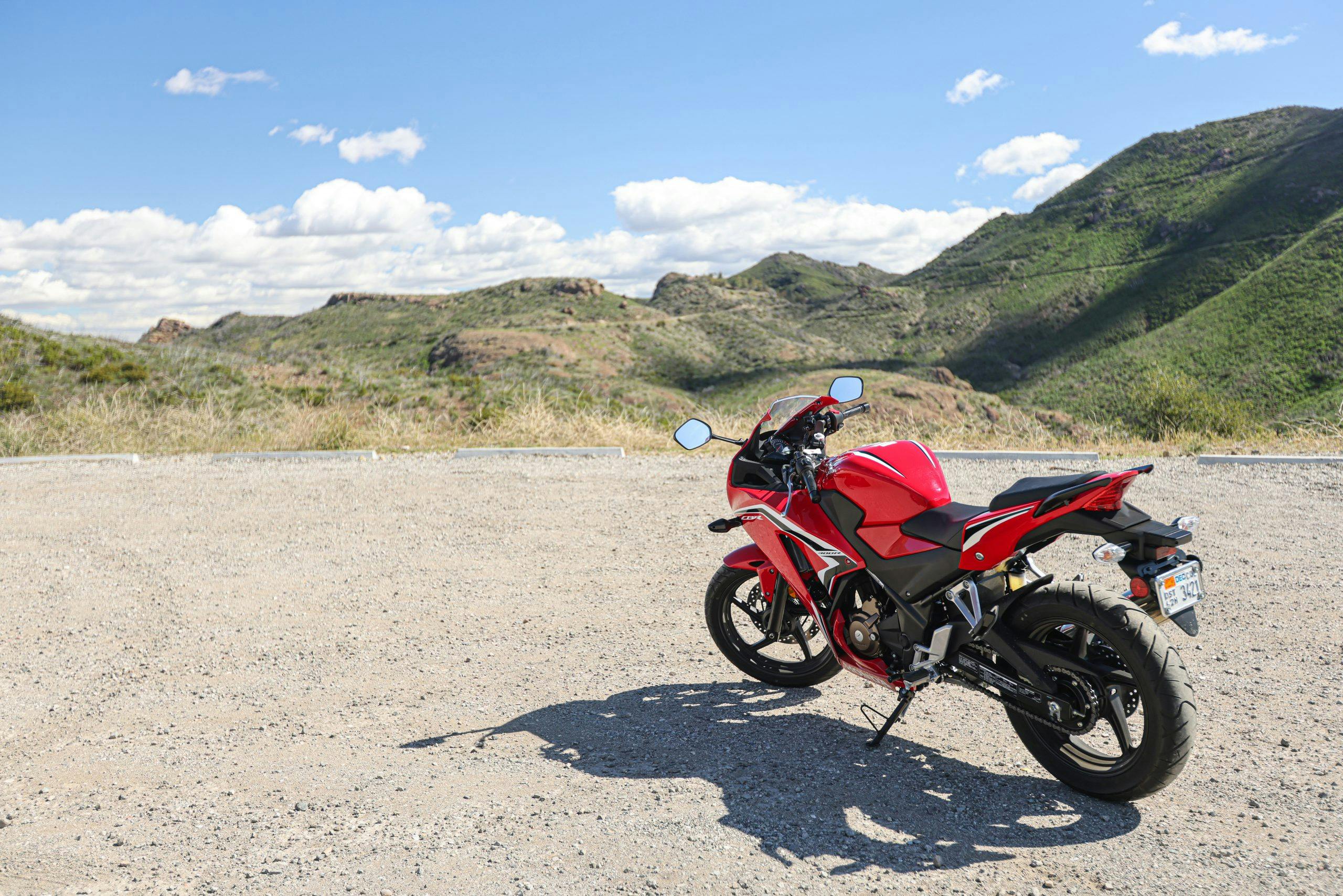
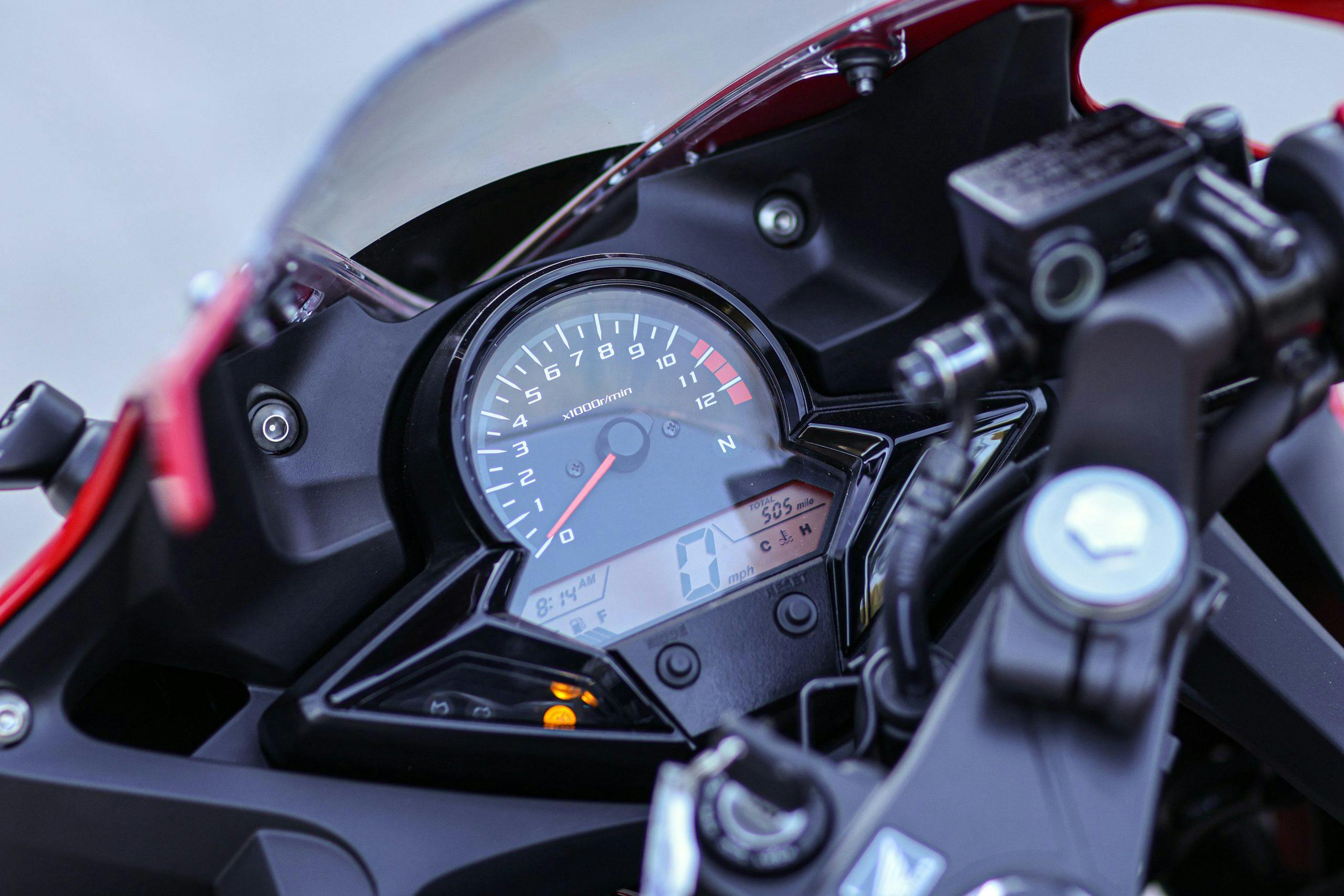
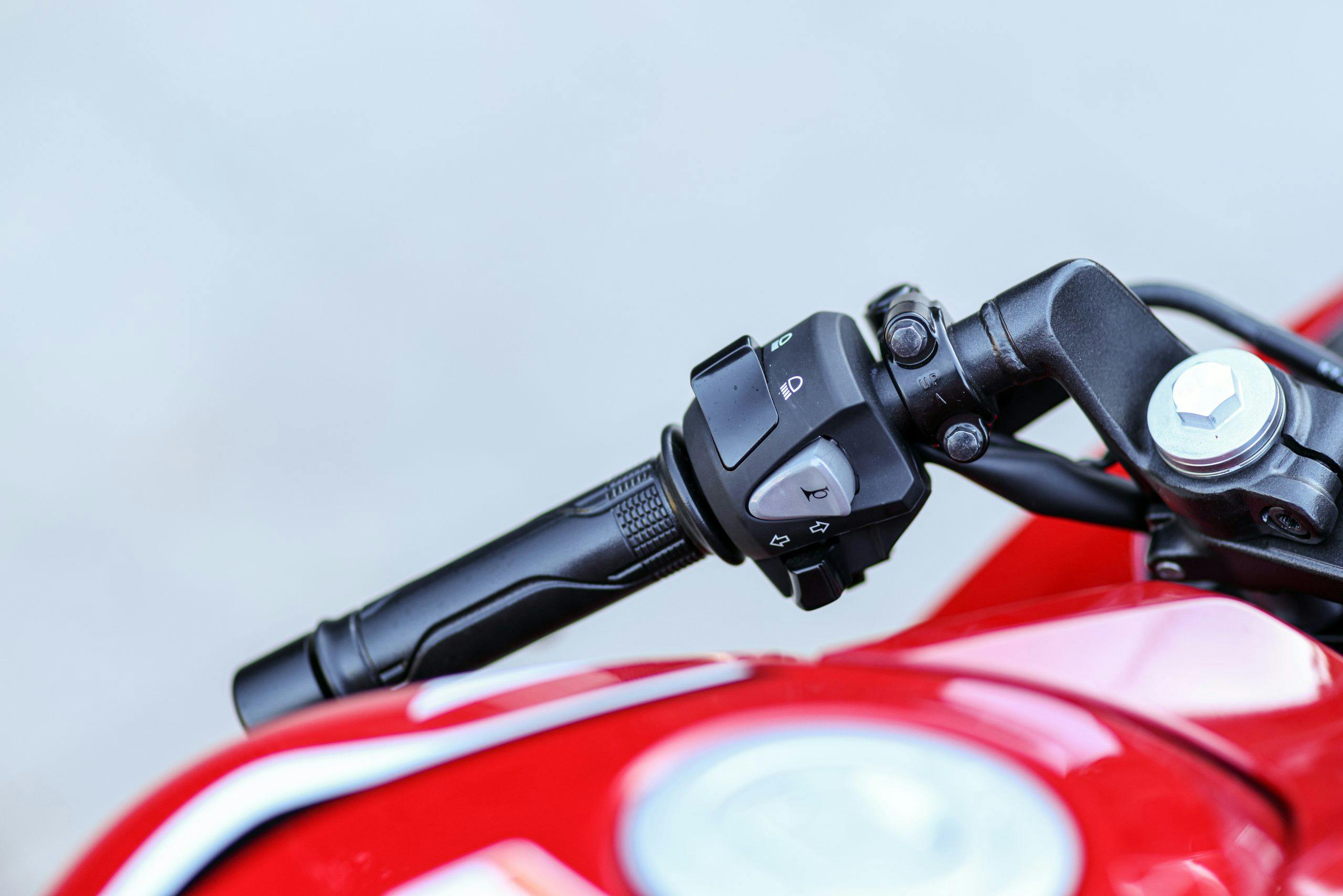

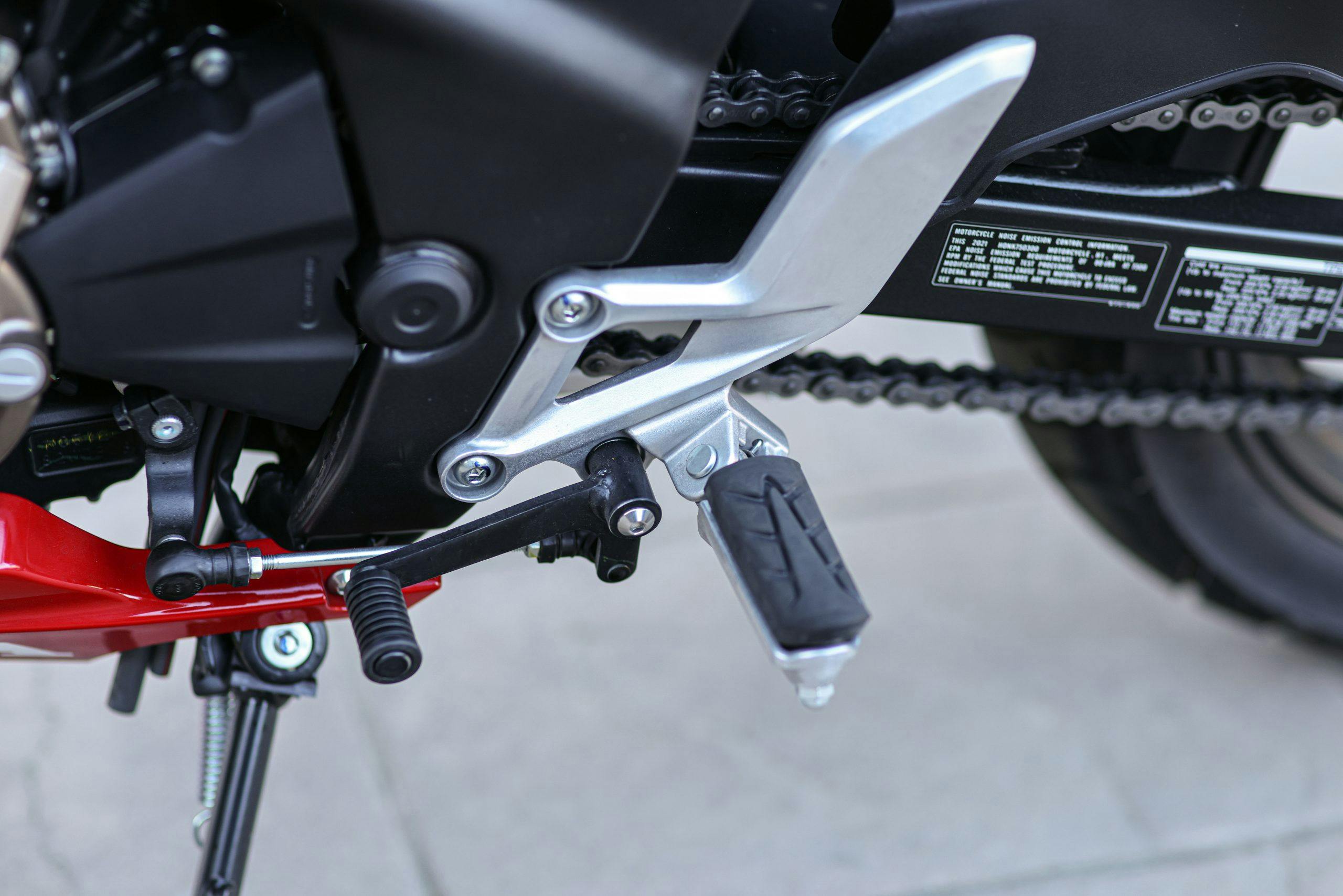

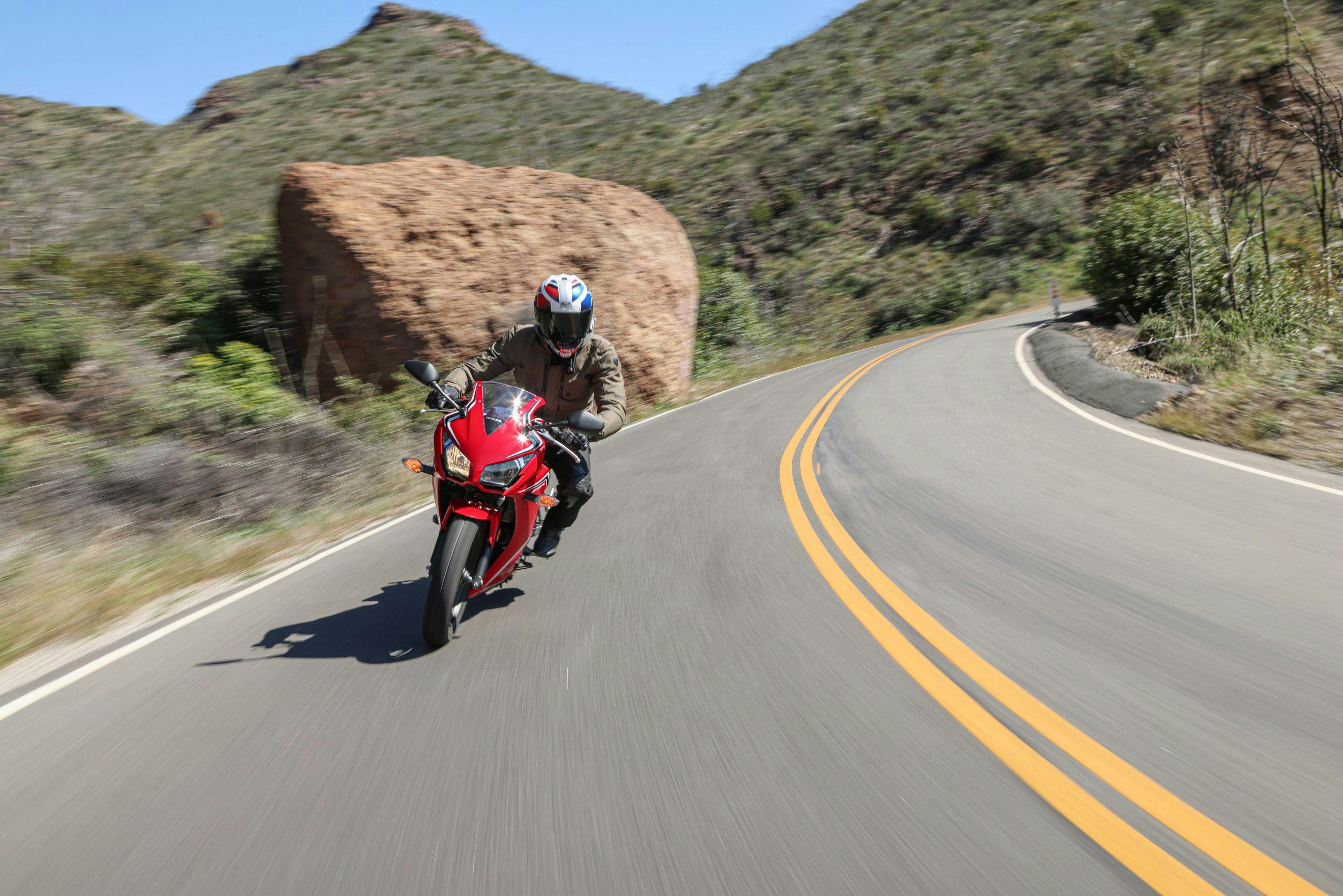
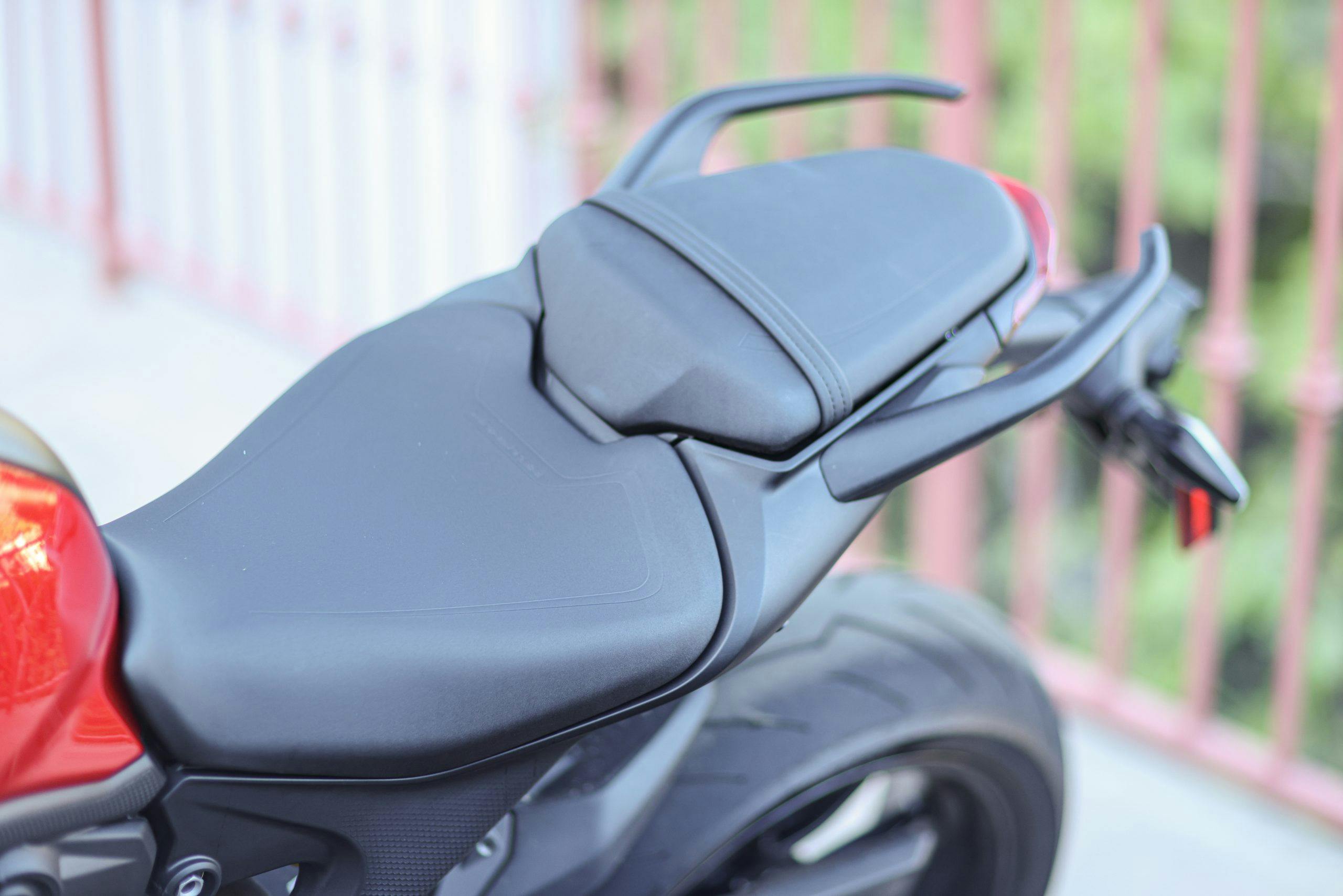

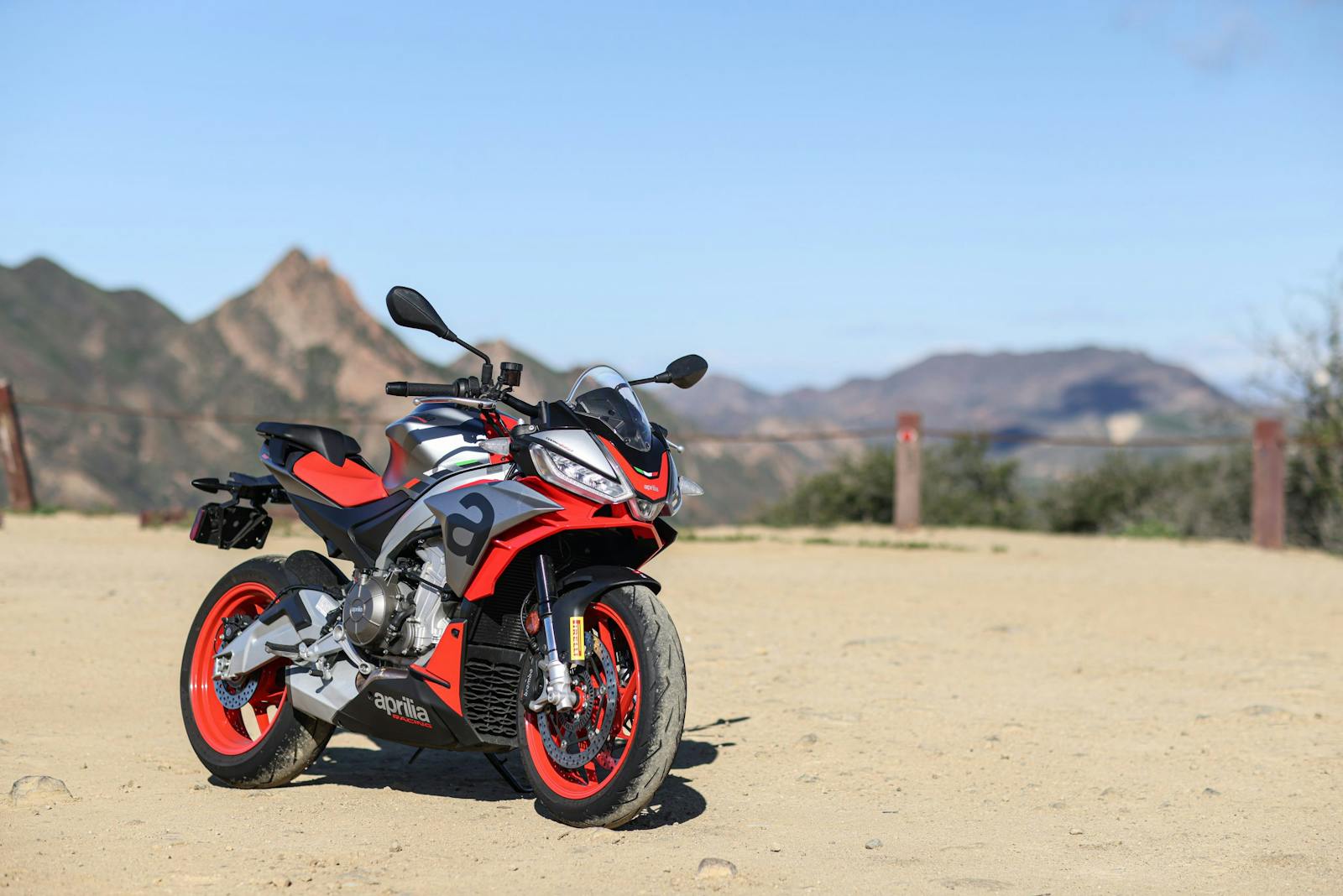
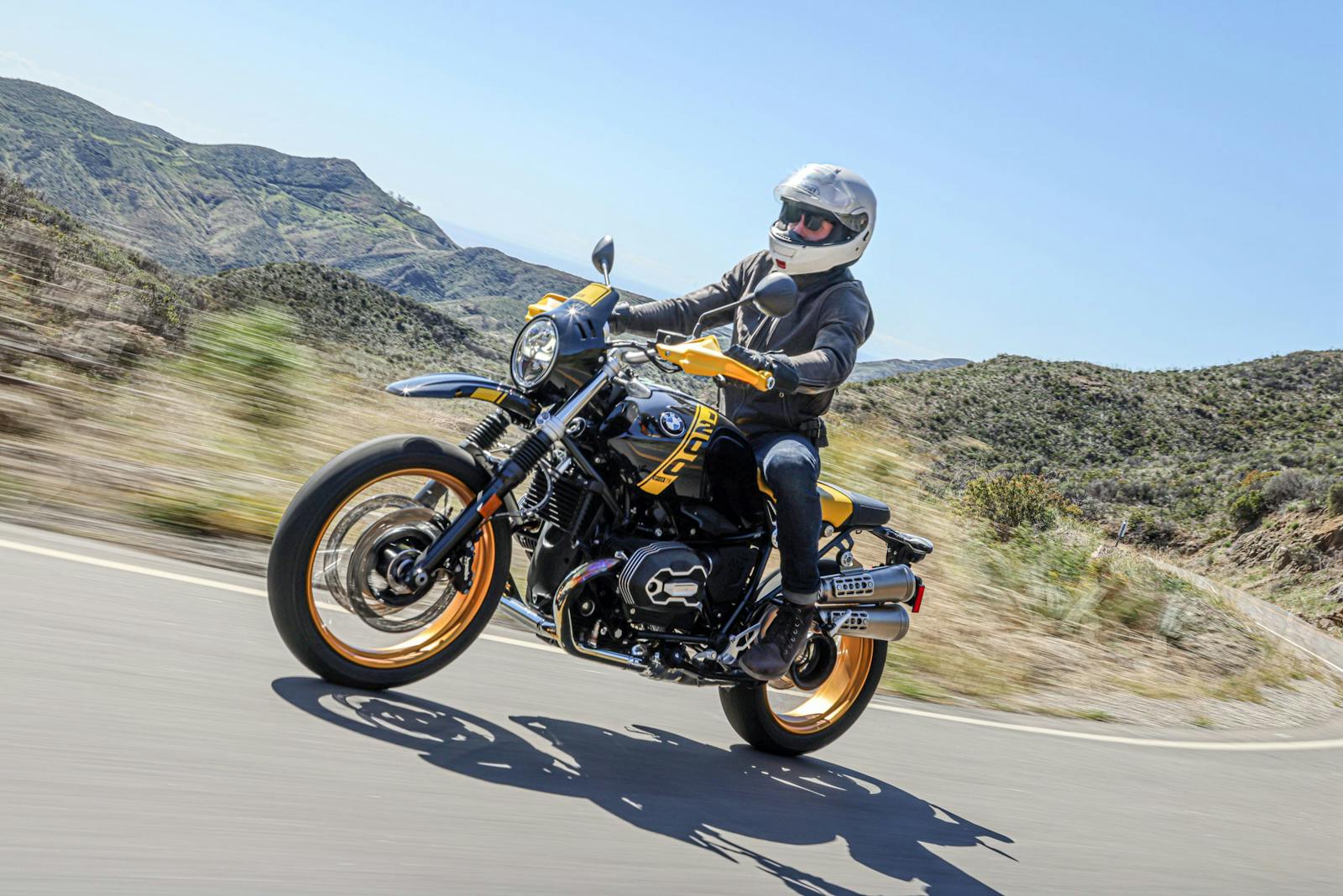
Great review! I agree on the joy of slow bike fast. I had a 2002 Honda CBR954RR in the past and it was crazy fast though in my middle age I have found the joy of riding my lower displacement 2015 Honda CB300FA. Just wanted to point out that photo number 15 of 17 isn’t the 2022 Honda CBR300RA. Perhaps you accidentally put a photo of a Honda CBR650R or some other motorcycle instead of the seats and grab rails of the 2022 Honda CBR300R? Just wanted to point that out otherwise a great article on a great motorcycle.
Thanks,
Scott